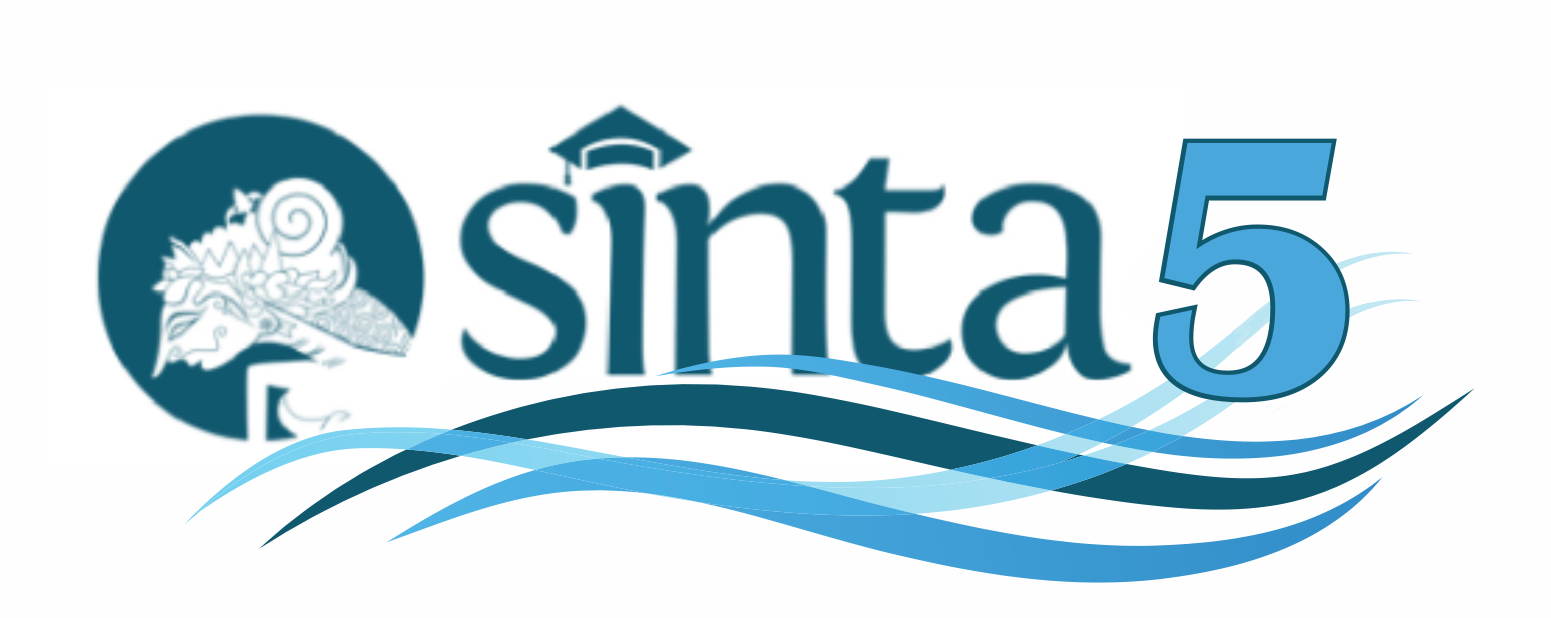Pemetaan Zona Penangkapan Nelayan Pancing Ulur (Hand Line) dan Keanekaragaman Jenis Ikan di Perairan Pesisir Kota Jayapura
DOI:
https://doi.org/10.31957/acr.v6i1.3033Abstract
Small-scale fisheries are fishermen who catch fish to meet their daily needs and use fishing vessels of less than 5 gross tons (GT). Indonesia is a maritime country which is still dominated by actors in fisheries small scale, including in Jayapura City, with the main fishing gear being hand lines. Hand line fishing is one of the backbones of the people of Jayapura City with boats and fishing gear accounting for more than 50% of all fishing gear. This study aims to 1) Know the zoning of the fishing line operation area based on the waters of Jayapura City; 2) Knowing the composition of the catch (type and amount) and 3) knowing the abundance, diversity and uniformity of fish caught by hand line fishermen. This research was conducted in April-June 2023 in the waters of Jayapura City, data collection used the observation method; Interview and Documentation. Data analysis uses formulas, geostatistics, relative abundance, diversity and uniformity. The results of the study found that the distribution of fishing areas in Jayapura city waters was divided into three zones, namely the western zone from Tanjung Kayu Batu to Kampung Ormu, the eastern zone from Tanjung Skouw to Muara Tami and the middle zone from Tanjung Kayu Batu to Tanjung Skouw. In the western and eastern zones there are more fishing activities by local fishermen who use motor boats and katintin, while in the middle zone fishing activities are carried out by mixed fishermen, both using non-motorized boats (rowing boats) and motorized boats and katintin. Composition of fish species consisting of 21 species, total number of individuals 271, relative abundance ranged from 5.62% - 25.00, diversity ranged from 1.34-2.67, uniformity ranged from 0.74-0.91. Conclusion; the fishing zone consists of three zones namely west, east and central, the highest composition of fish species is found in natural fishing ground and the lowest is found in FADs, the highest abundance of fish is found in pelagic fish and the lowest is in demersal fish, diversity is classified as moderate and uniformity indicates no there is environmental disturbance to the distribution and abundance of fish in that location.Downloads
References
Allen Gerry, R. SWAINSTON dan J. RUSE, 1999. Marin Fisheries Of Sout East Asia. Distributed by: Asia-Pacific. Berkeley Books. Singapore 534167 ISBN: 978-1-4629-1707-5 (ebook). www.periplus.com.
Berkes F, Mahon R, McConney P, Pollnac R, Pomeroy R.2001. Managing small Scale Fisheries, Alternative Directions and Methods. International Development Research Center. Canada.
Brata, A. Novianto, D, & Bahtiar A. (2011). Sebaran Ikan Tuna Berdasarkan Suhu dan Kedalaman di Samudera Hindia. Ilmu Kelautan, Vol. 16 (3). Hal 165-170.
Ferse SCA, Knittweis L, Krause G, Maddusila A, Glaser M. 2012. Livelihoods of Ornamental Coral Fishermen in South Sulawesi/Indonesia: Implications for Management. Coastal Management. 40: 525–555.
Hartoko A dan M. Helmi. 2004. Development of Digital Multilayer Ecological Model for Padang Coastal Water (West Sumatera). Journal of Coastal Development. 10(3): 126-136.
Hermawan M. 2006. Keberlanjutan Perikanan Tangkap Skala Kecil (Kasus Perikanan Pantai di Serang dan Tegal). Bogor (ID): Institut Pertanian Bogor.
Kalor, J. D., Dimara, L., & Tuhumury, R. (2015). Permasalahan Pengelolahan Perikanan Tuna Berkelanjutan Di Perairan Pesisir Utara Provinsi Papua. The Journal of Fisheries Development, 1(2), 33-43.
Latucosina Husain., M.N. Nessa dan R.A. Rappe. 2012. Komposisi Spesies dan Struktur Komunitas Ikan Padang Lamun di Perairan Tanjung Tiram – Teluk Ambon Dalam. Vil 4 (1) 35-46. http://www. itk. fpik. ipb. ac. id/ej_itkt4.
Paiki K, Dimara L, Indrayani E, Mandey VK, Yenusi TN. 2018. Hubungan Kelimpahan Fitoplankton dan Zooplankton di Teluk Tanah Merah Distrik Depapre Kabupaten Jayapura. ACROPORA: Jurnal Ilmu Kelautan dan Perikanan Papua. Vol 1(2).
Paiki Kalvin dan John D. Kalor. 2017. Distribusi Nitrat dan Fosfat Terhadap Kelimpahan Fitoplankton di Peraiaran Pesisir Yapen Timur. Vol 1 (2) at http://jfmr.ub.ac.id.
Paiki K. E. Wanimbo. 2022. Efektivitas Pemanfaatan Rumpon Sebagai Alat Bantu Penangkapan Ikan pada Nelayan Lokal di Kelurahan Hamadi Kota Jayapura. Acropora Jurnal Ilmu Kelautan dan Perikanan Papua. Vol 5. No 2. 89-95. DOI: 10.31957/ acr.v5i2.2619.
Schulte DF, Gorris P, Baitoningsih W, Adhuri DS, Ferse SCA. 2015. Coastal Livelihood Vulnerability to Marine Resource Degradation: A review of the Indonesian National Coastal and Marine Policy Framework. Marine Policy. 52: 163–171.
Supriharyono.2007. Konservasi Ekosistem Sumberdaya Hayati di Wilayah Pesisir dan Laut Tropis. Pustaka Pelajar: Yogyakarta
Utomo P.R Suryo dan Supriharyono. 2013. Keanekaragaman Jenis Ikan Karang di Daerah Rataan Dan Tubir pada Ekosistem Terumbu Karang di Legon Boyo, Taman Nasional Karimunjawa, Jepara. Vil 2 (4). http://ejournal-s1.undip.ac.id/index.php/maquares.
Wujdi Arief dan Suwarso. 2014. Perkembangan Hasil Tangkapan dan Musim Ikan Tongkol (Auxis spp.) di Perairan Prigi. Simposium Nasional Pengelolaan Perikanan Tuna Berkelanjutan. Bali 10-11 Desember. ISBN: 978-979-1461-47-4.
Downloads
Published
Issue
Section
License
Authors who publish with this journal agree to the following terms:
- Authors retain copyright and grant the journal right of first publication with the work simultaneously
licensed under a Creative Commons Attribution-NonCommercial-ShareAlike 4.0 International License
that allows others to share the work with an acknowledgement of the work's authorship and initial
publication in this journal. - Authors are able to enter into separate, additional contractual arrangements for the non-exclusive
distribution of the journal's published version of the work (e.g., post it to an institutional repository
or publish it in a book), with an acknowledgement of its initial publication in this journal. - Authors are permitted and encouraged to post their work online (e.g., in institutional repositories or
on their website) prior to and during the submission process, as it can lead to productive exchanges,
as well as earlier and greater citation of published work (See The Effect of Open Access).




















